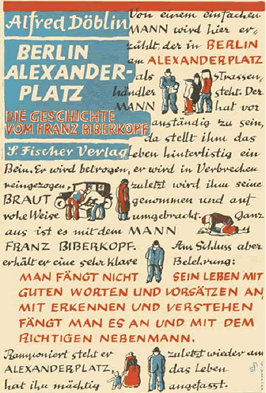If Paris earned the title of “Capital of Modernity,” the city of Berlin Berlin Berlin Berlin
The female body happened to be one of the most fashionable/functional objects in Berlin
References
Shea, Nicole. The Politics of Prostitution in Berlin

No comments:
Post a Comment